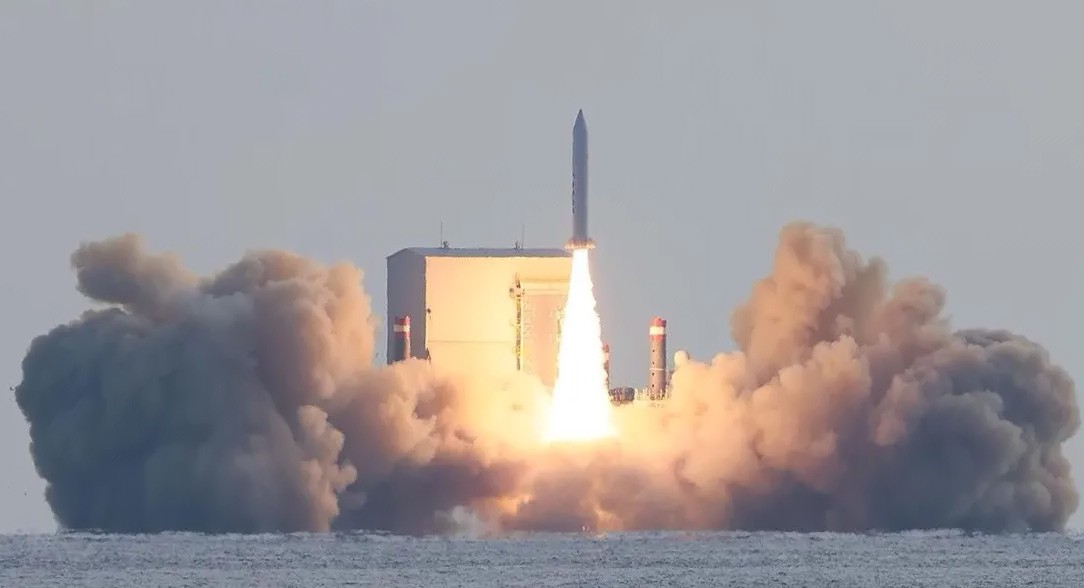SpaceX has announced plans to launch the latest Starlink V3 communications satellites into orbit over the next six months using the super-heavy Starship launch vehicle. This step is considered as a key stage in the development of the global satellite network, which already covers millions of users around the world.
The new devices will be placed in an orbit with an altitude of about 350 kilometers, which will significantly reduce the signal delay to less than 20 milliseconds. This is especially important for applications that require high responsiveness, including online games, remote management systems, and financial transactions.
The main feature of Starlink V3 satellites will be the use of laser inter-satellite communication channels. Unlike traditional fiber-optic cables, data transmission in the vacuum of space provides speeds up to 40% faster. This creates fundamentally new opportunities for working with information over long distances, where ground infrastructure is limited or absent.
Each satellite of the new series will be able to provide a bandwidth of up to 1 terabit per second when loading and up to 160 gigabits per second when unloading. These figures are 10 and 24 times higher than the current Starlink V2 Mini models, respectively. It is expected that the launch of V3 will significantly increase the network's capabilities and allow the company to expand the range of services for corporate clients, government agencies and consumers.
The recent 10th test flight of Starship confirmed the rocket's readiness for such missions. During the tests, for the first time, eight Starlink satellite simulators were removed from the cargo bay, which demonstrated the operability of the deployment system. Large-scale use of Starship as part of the Starlink program will allow launching hundreds of satellites in a single flight, which will significantly accelerate the formation of global coverage and strengthen the company's position in the field of satellite Internet.












